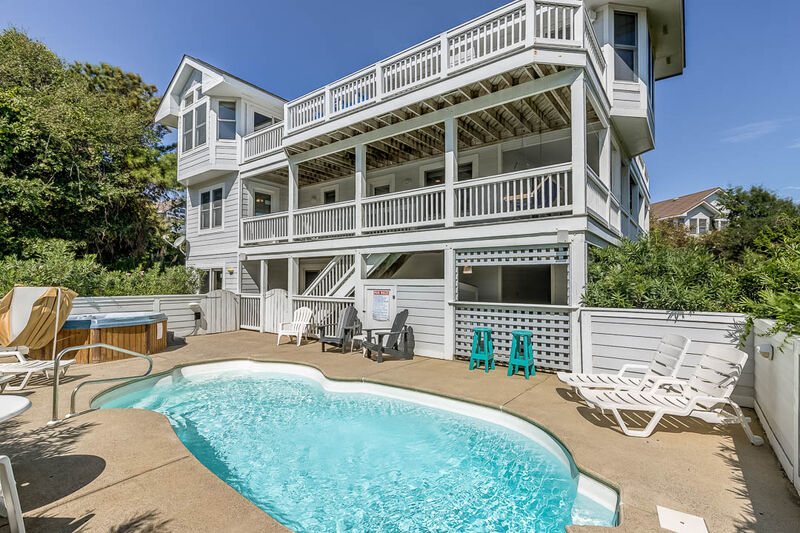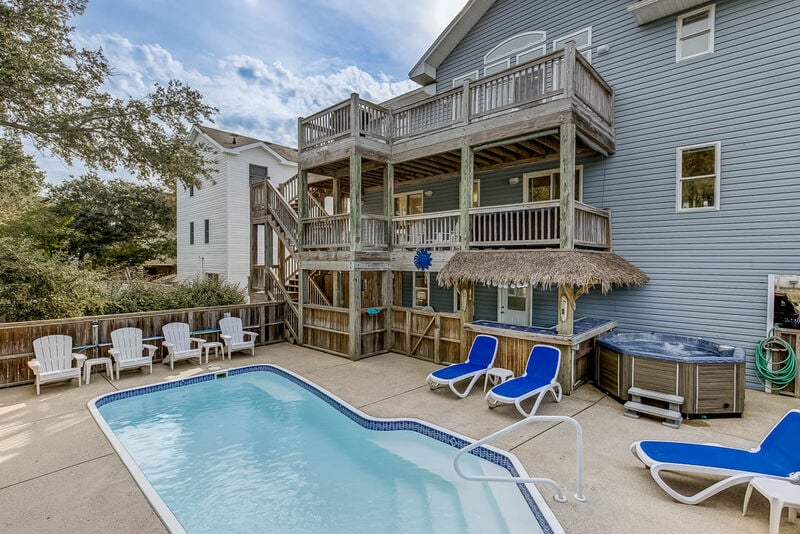Where can you find rare red wolves, colorful wood ducks, black bears galore, hawks and bald eagles, hundreds of migratory waterfowl - perhaps even a few alligators - all amid unspoiled woodlands and wetlands in a stunning natural setting? Come to Alligator River National Wildlife Refuge at 100
Read MoreTag: North Carolina Wildlife

Each year thousands of special visitors flock to the OuterBanks. Arriving by air, these VIP travelers cluster around sounds, bays, ponds,pools, and open ocean. Like so many other "tourists," they love thosebeautiful OBX waters!We're talking about wildfowl, of course - the countlessducks, geese, and
Read More
Longingto connect with nature? Visit Kitty Hawk Woods Coastal Reserve in the NC OuterBanks. Bordered by US 158 to the east and Currituck Sound to the west, it's atranquil hidden oasis covering some 1,824 acres of unspoiled natural beauty. Hereyou and your family can spend a few serene hours
Read More
If you get excited at the thought of being surrounded by animals, the Outer Banks will become your new favorite vacation spot. Home to a vast range of unique wildlife, this region features lots of protected and unspoiled land that encourages growth in animal populations.To learn about our native
Read MoreKicking Back at The Beach!This week's Memory Monday Photo Submission comes to us from Carlene Cearley of Cary, North Carolina who is a long time rental guest of Outer Banks Blue and particularly an annual visitor to the vacation renal property "Heaven Sent" in Nags Head.Some days there is just
Read MoreThe Outer Banks boasts some of the most beautiful coastal scenery in North Carolina. It attracts thousands of visitors each year, and many of those visitors are ducks and other waterfowl. Thanks to the beautiful waters and bays along the shoreline, hunters find a multitude of ducks, geese and other
Read More






